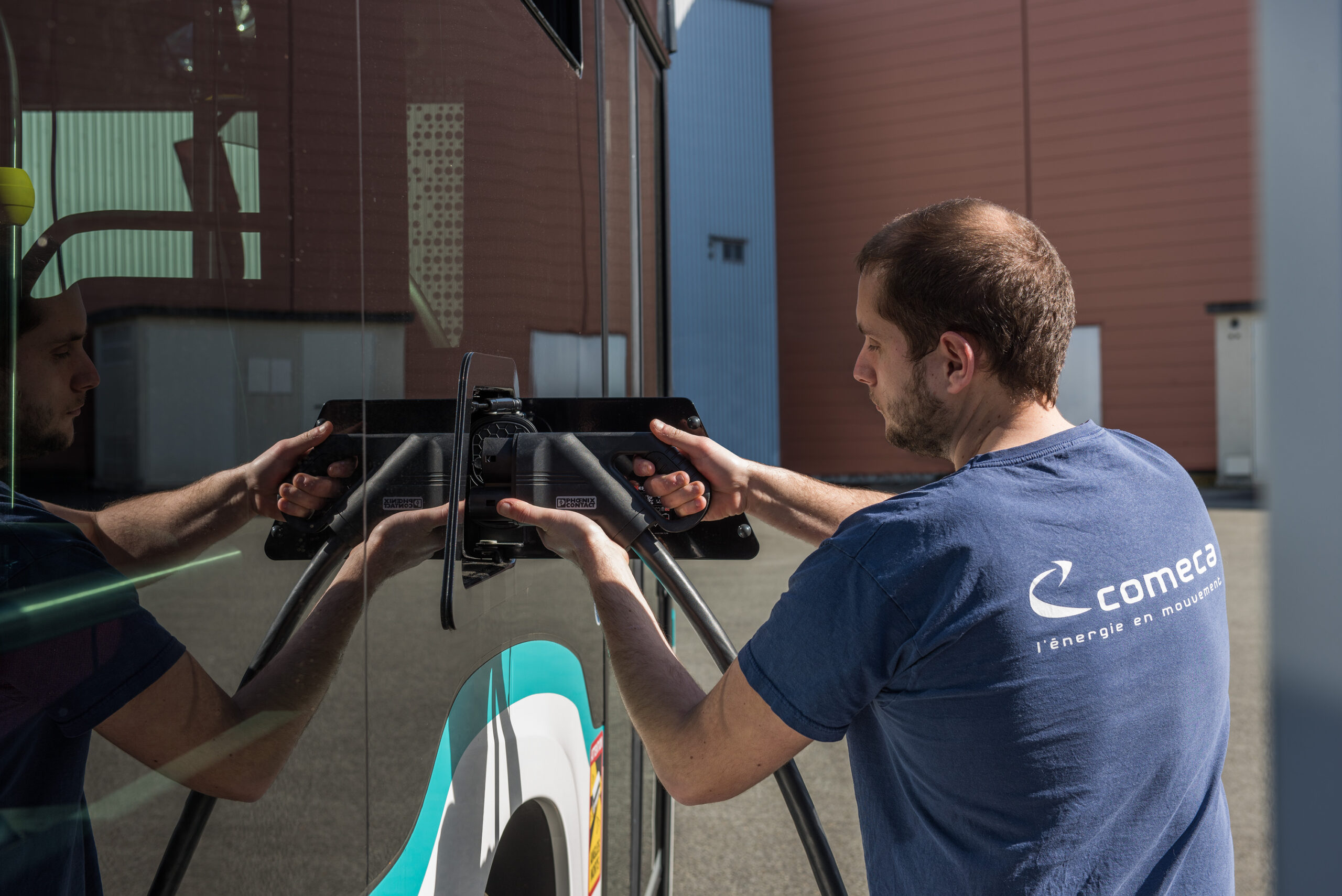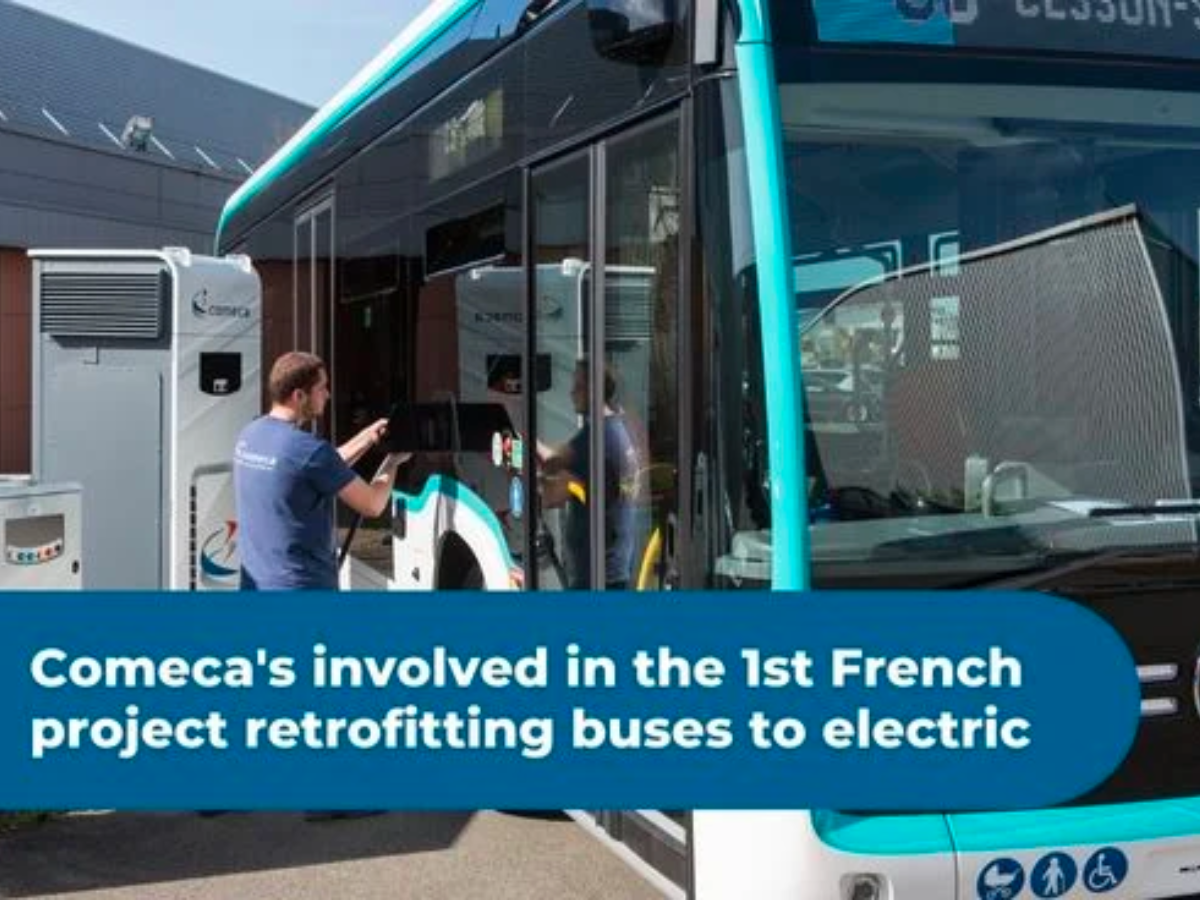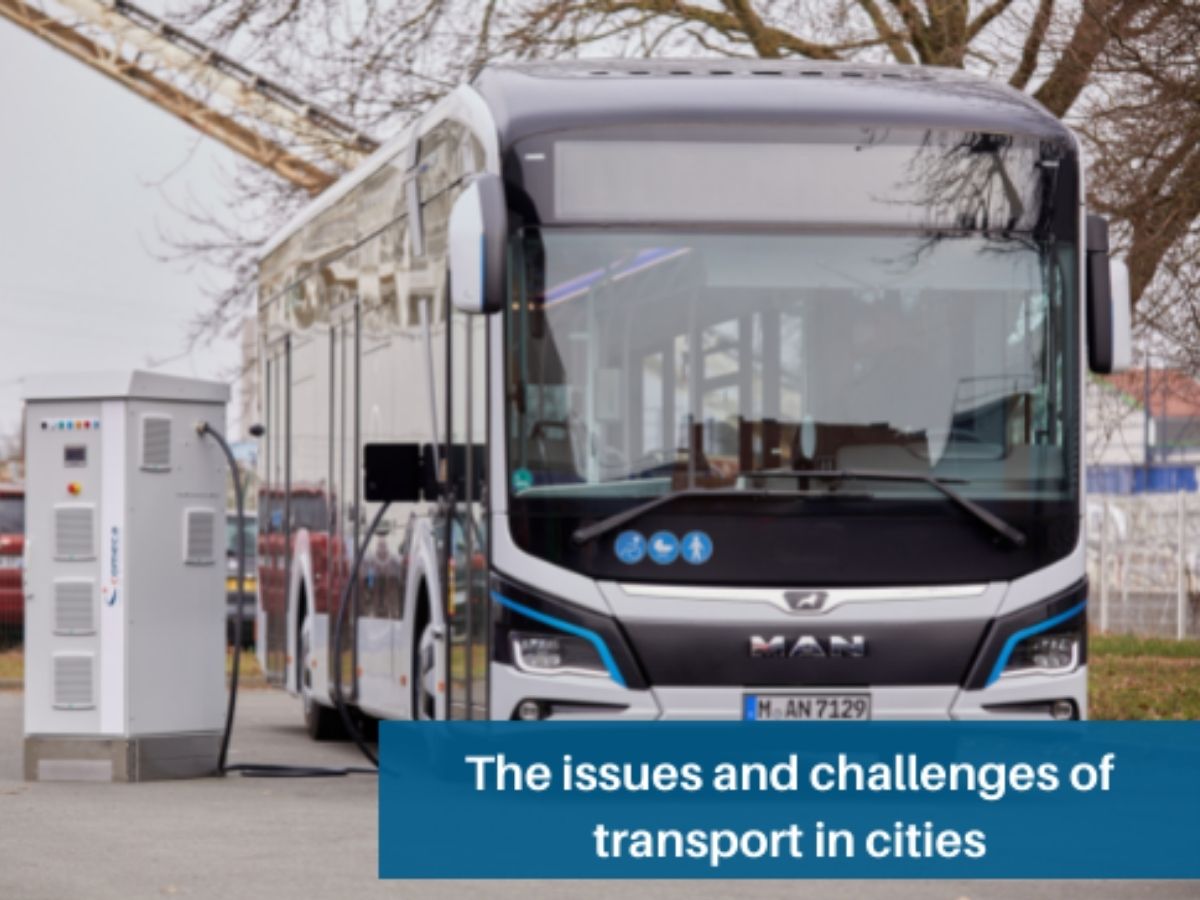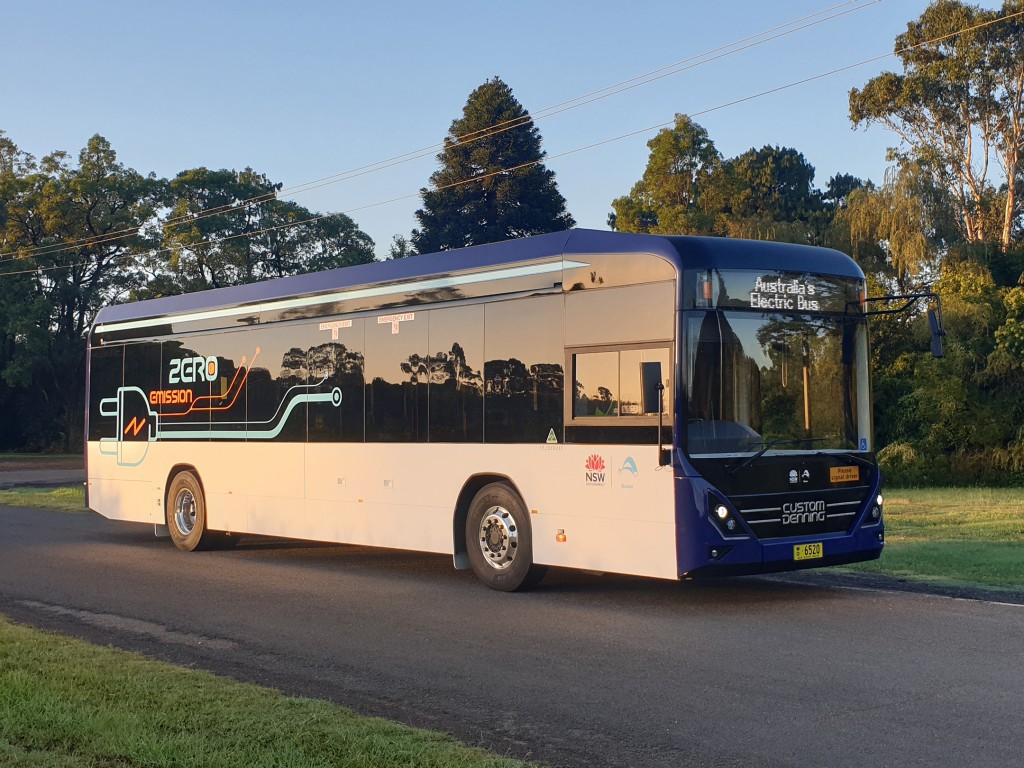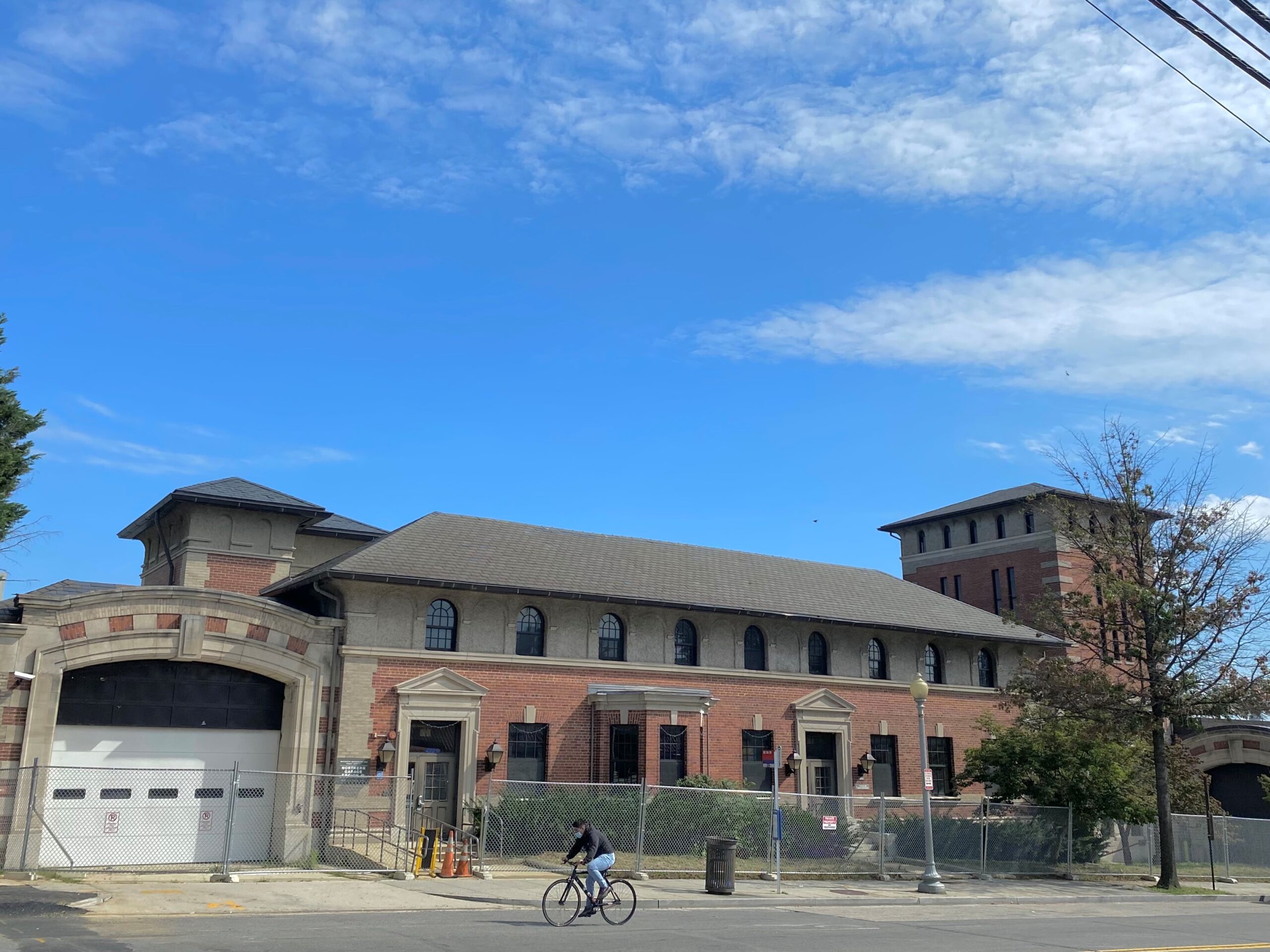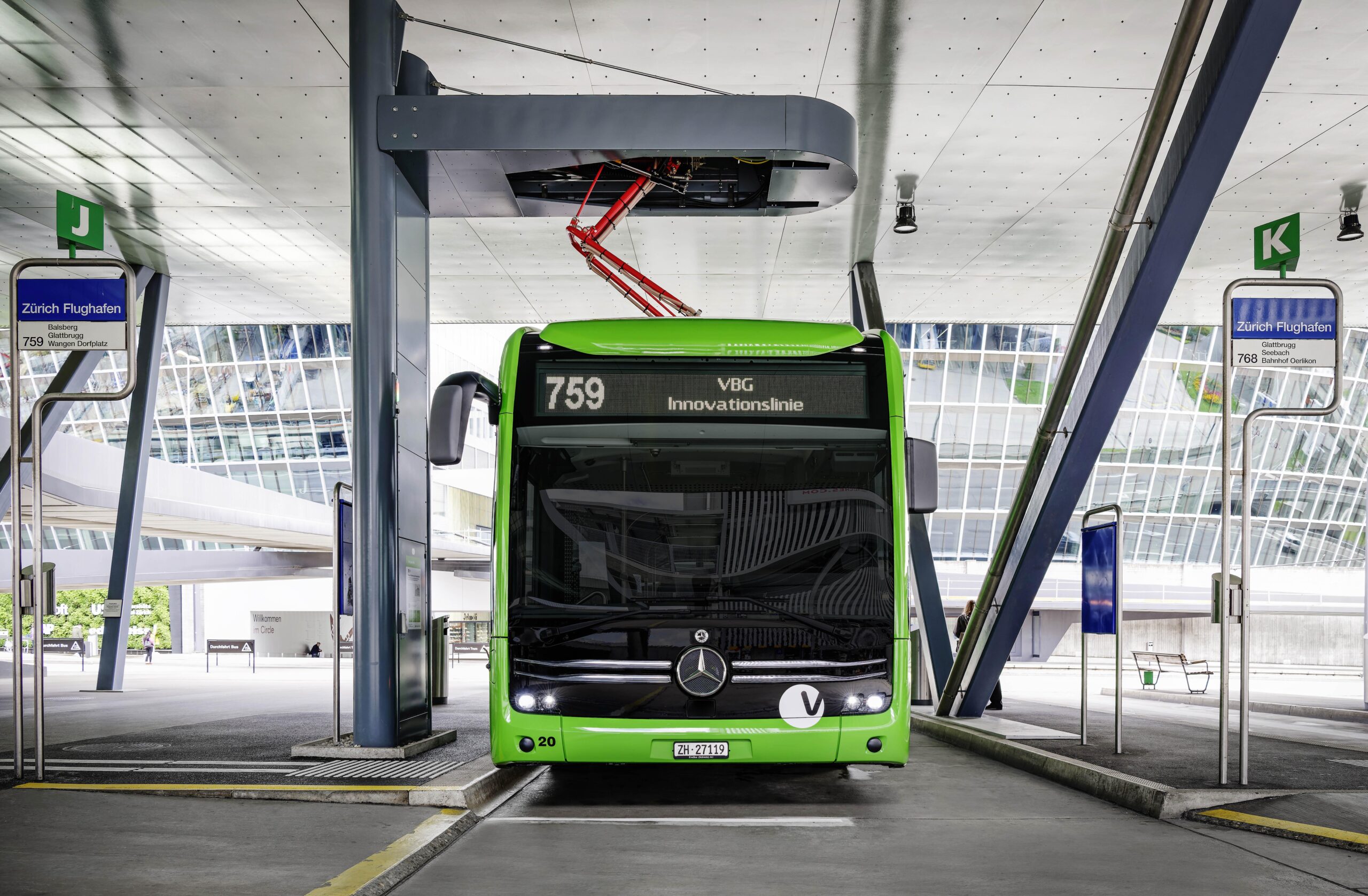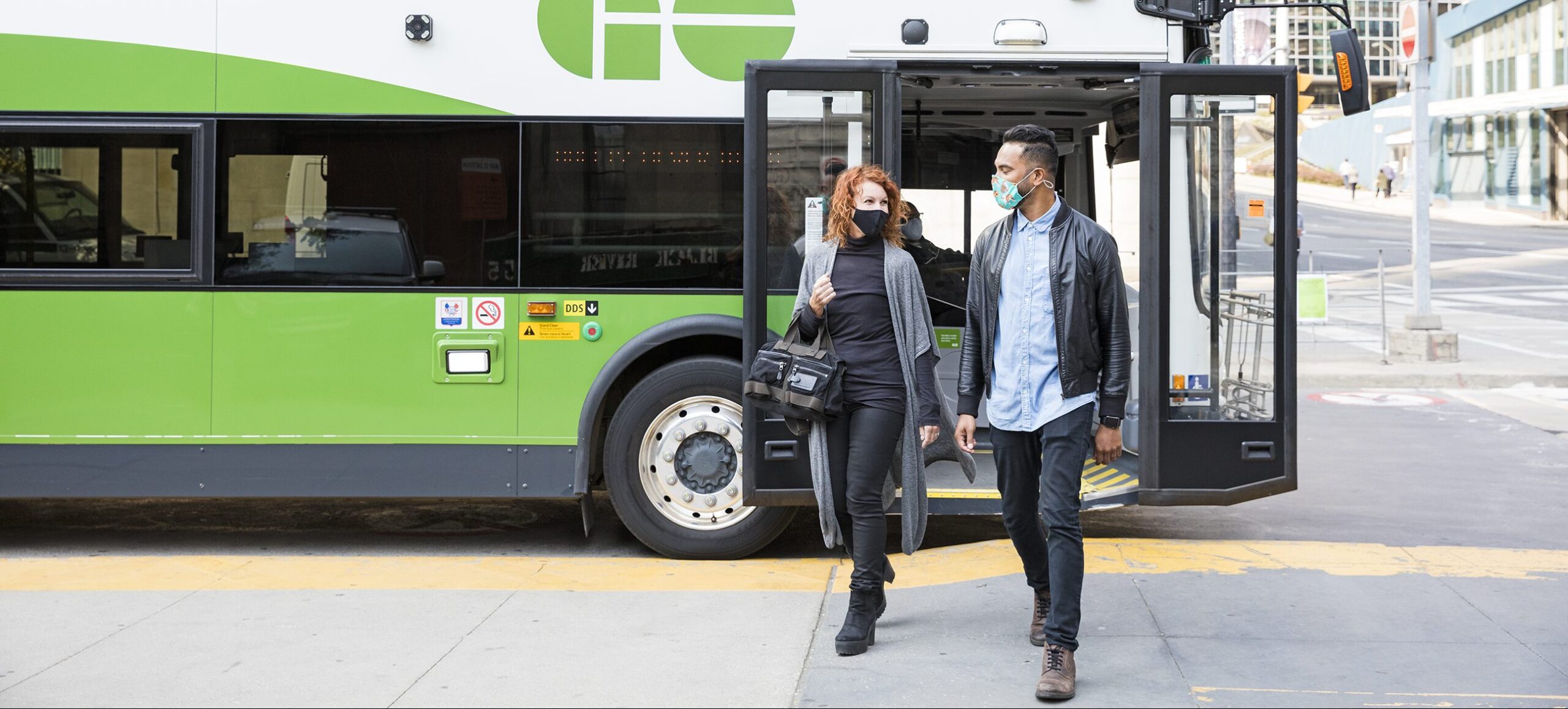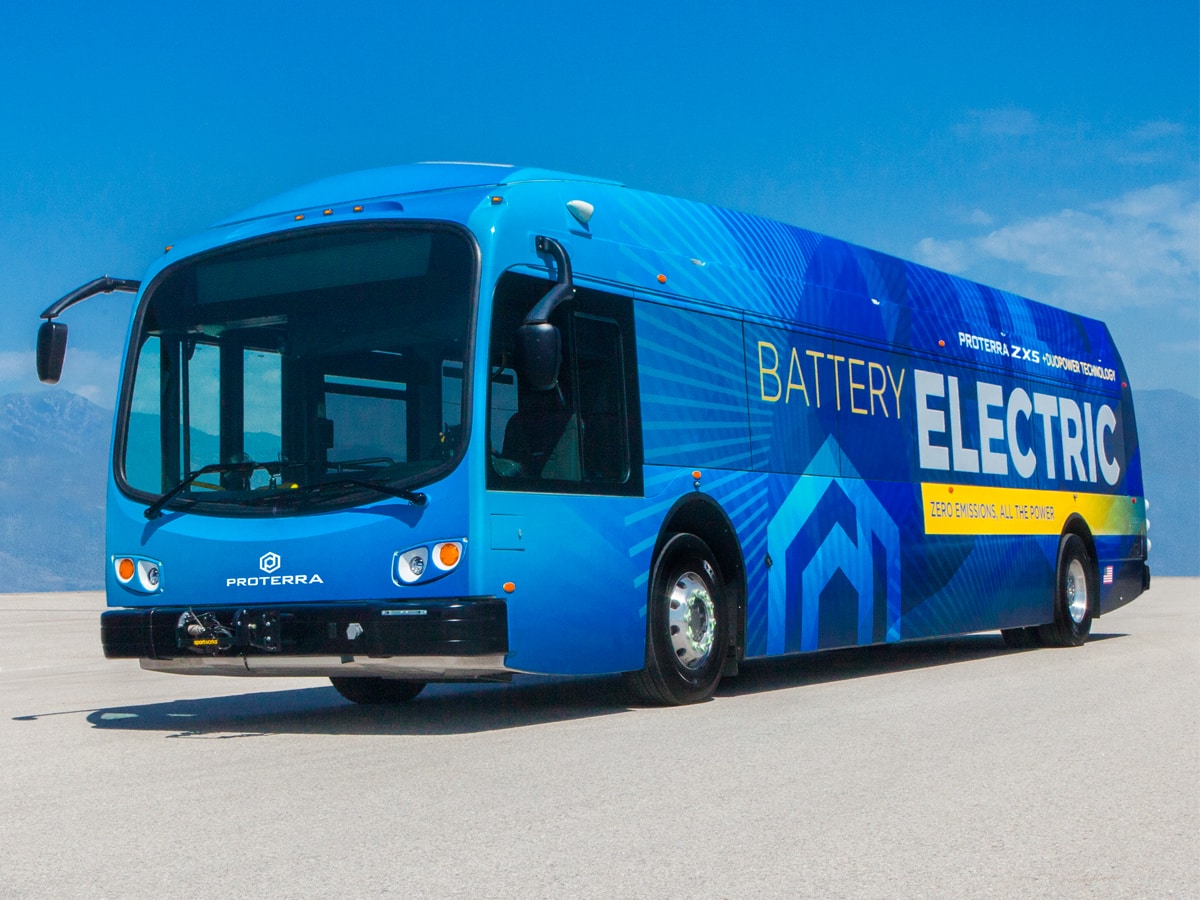Energy Transition: The Necessary Evolution of Bus Depots to Accommodate Electric Vehicles with COMECA
As part of the move to green energy for the fleet of public passenger transport vehicles in the territory of the Dordogne, the Nouvelle-Aquitaine Region and CFTACO – a subsidiary of Transdev Nouvelle-Aquitaine – have 2 new electric coaches.
The Bergerac and Périgueux depots are upgrading to accommodate this transition to green energy: 2 COMECA recharging stations allow these electric vehicles to be recharged. The infrastructure of CFTACO Périgueux and Bergerac must continue to respond to the traditional activities of a coach depot while gradually entering the era of energy transition.
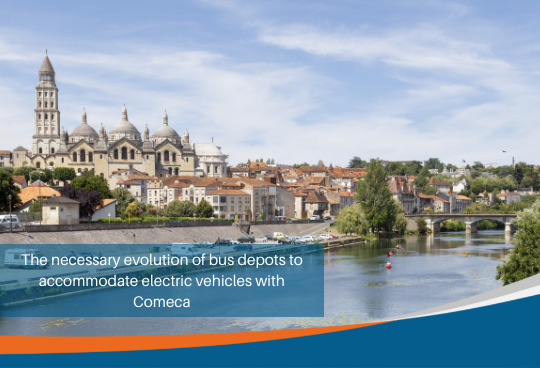
1. How Do You Adapt Your Traditional Depot to a New Electric Fleet?
CFTACO Périgueux, a subsidiary of Transdev, was equipped with a “traditional” bus depot, designed to provide parking space for buses and carry out the necessary maintenance.
Originally, the depot was organised to meet the needs of fossil fuel engines. The replacement of part of the fleet by 2 electric buses requires some changes to this traditional ICE based infrastructure: the power supply of the site and the remote monitoring of the charging station.
Definition and Supply of the New Charging Station
The project includes the creation of a dedicated area for charging electric vehicles. The characteristics of this new area depend on the number of buses to be charged simultaneously and the time available for charging each bus.
Indeed, these criteria have an impact on the choice of the number and type of charging points to be installed as well as the power to be delivered for each charging point.
To define the electrical architecture of this depot, a power balance is carried out on the link between the network and the chargers, and then the design and sizing are finalised.
Depending on the power involved, the installation is low voltage or includes a high voltage (HV) delivery point, a transformer and one or more low voltage switchboards.
The installation can be connected to ensure remote monitoring and maintenance, but also to carry out telemetry of the data of the electrical infrastructure and/or the recharging infrastructure. It can also be managed by a “smart charging” solution that optimises the sizing of the installation and, therefore, reduces its cost, while ensuring the availability of the fleet.
2. The COMECA Turnkey Charging Station
COMECA was able to meet Transdev’s needs with a complete, connected recharging solution adapted to the isolated depot.
This solution includes the roadworks / power supply, the supply of an AMBER 120kW double socket CCS charging station and a low voltage electrical panel. All supervised by a COMECA IoT (Internet of Things) compatible connected system.
The focus is on scalability, with electrification adapting to the addition of electric vehicle charging stations.
From the definition of the architecture to the commissioning, COMECA supported Transdev in the optimisation of the total cost of acquisition and ownership.
Our teams also trained the operator on the complete value chain: electrification, the charging station and the connected IoT system.
The AMBER 120kw DC Dual Plug CCS Charging Station
The operator has very variable power requirements ranging from 50kW at night to 120kW during the day to recharge his vehicle twice as fast.
To help Transdev control its’ investments, we proposed the acquisition of a single terminal with a double socket.
Thus, thanks to its two CCS guns, the operator is equipped with a 2-in-1 charging station, which charges two buses at the same time at 60kW or one bus at 120kW.
The electric bus is charged at night in its dedicated parking space: the driver is guided by a relief on the ground to park in the ideal place and the area is lit to ensure its safety.
Thanks to this integrated connected recharging solution, Transdev is able to experiment with its new means of electric transport in complete peace of mind and anticipate its future needs for the expansion of its fleet of buses and coaches.
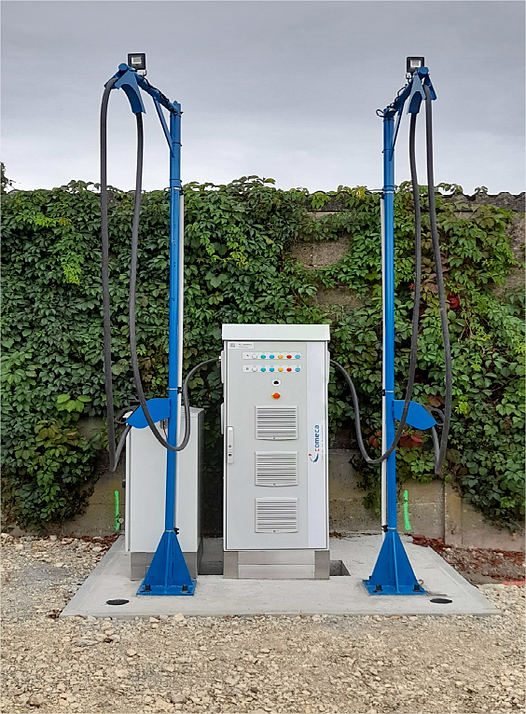
Electrical Distribution
The low voltage switchboard is sized to accept the evolution to 2 charging stations. It supplies the recharging point as well as the pole lighting from an Enedis yellow tariff connection point.
This switchboard, compact and designed for outdoor climatic conditions, includes a disconnecting switch and a differential circuit breaker to protect the power supply to the charging station. When a second charging station is installed, the spare space in the switchboard will be equipped with a second distribution circuit breaker. The evolution of the depot is thus assured.
The Connected Charging Station
As the station is isolated, this new installation is monitored remotely to monitor operations and detect any faults, such as a loss of network on the electricity supplier’s side or operation of the differential protection.
As the Transdev depot in Périgueux is a mechanical maintenance centre, the technicians have not yet received electrical clearance to work on the installation, which requires supervision by the regional technical centre.
To facilitate the implementation of this solution while guaranteeing a permanent connection, a 3G-4G antenna placed on the roof of the electrical panel communicates information from the terminal and the electrical installation to the regional technical centre.
This 3G-4G technology choice avoids a second roadside connection for a new Internet delivery point as well as the installation of a new cable, the installation of a box and the monthly cost of its subscription. In this case, this solution is more economical and practical.
This communication ensures the availability of the recharging installation and allows any necessary re-commissioning operation to be triggered remotely.
In Summary
Thanks to this turnkey connected station, including a recharging station adapted to the needs of the depot and associated electrical distribution, commissioning, training and local maintenance, the city of Périgueux can thus confidently move its bus fleet to a greener solution and progressively accomplish its energy transition.
Transdev has also equipped other towns in the region with connected COMECA stations, such as at the Citram Aquitaine depot in Le Haillan. The remote monitoring and maintenance application via 4G enables it to monitor the state of its fleet of terminals in real time, even if they are installed in several different depots. The operator is informed of the preventive maintenance operations to be carried out thanks to this remote maintenance.
For this project, we worked with the technical design office Caillou Vert Conseil, which specialises in energy performance engineering and agile energy networks.
This article was originally published by COMECA.


